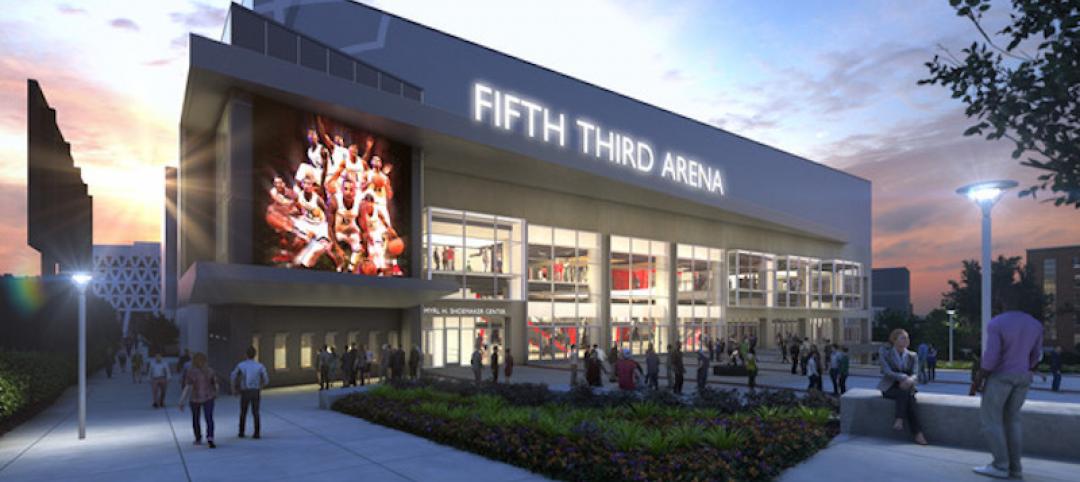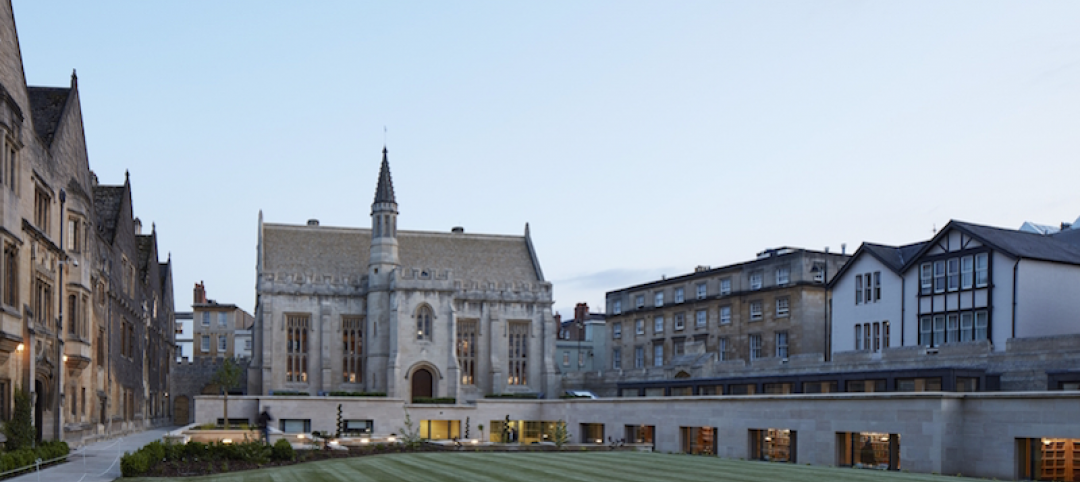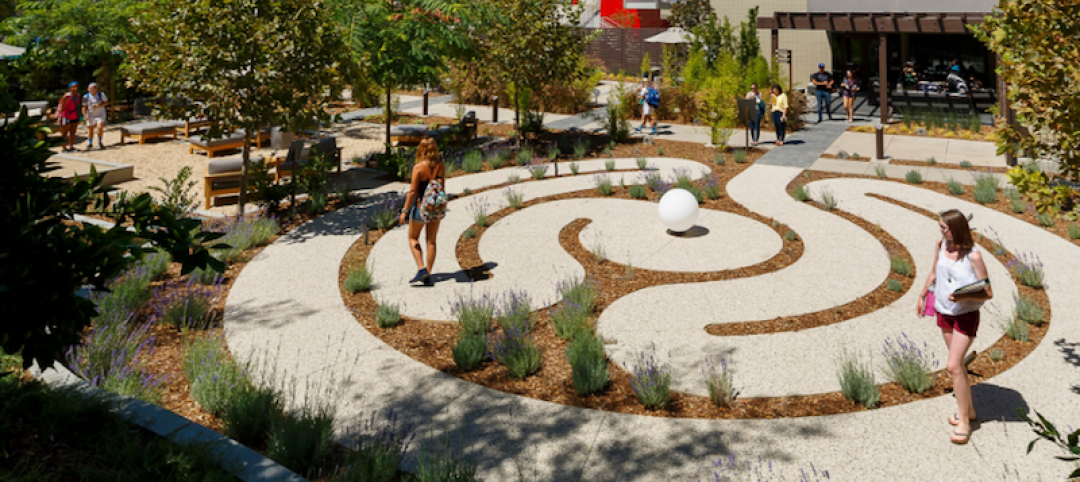To understand the wretched state of financial affairs at many of the nation’s public colleges and universities, one need look no further than The Prairie State.
Illinois is widely considered the worst-run state in the U.S. Crippling pension obligations, $150+ billion in debt and unpaid bills, deeply divided political leadership, the nation’s highest property taxes, all-time-high net out-migration population (105,217 in 2015), and, most alarming, a nearly two-year budget stalemate that has kept public and private businesses and institutions on edge. Sitting on $26 billion of outstanding general obligation bonds, Illinois claims the lowest credit rating among the states—BBB (Fitch Ratings), just two notches above the junk level—and, based on its present course, debt obligations are only going to worsen in the coming years.
The state’s public universities and colleges have been among the hardest hit by the budget impasse, losing (temporarily) as much as a third of their operating budget—all while dealing with flat or declining enrollment numbers. Illinois’ political and fiscal mess has left these institutions—especially the smaller, regional schools that can’t lean on private donors or sizable endowments to get by—gasping for air.
How can public institutions expect to survive and thrive in this turbulent environment? The answer, for one school anyways, is to think and act like entrepreneurs, to bypass the traditional funding and operational models—to escape forward.
Michael Amiridis, Chancellor of the University of Illinois at Chicago—one of just four public universities in the state that has seen enrollment grow in recent years—coined the term when describing the school’s strategies for growth. They include a mix of belt-tightening tactics—including reorganizing internal operations to improve efficiencies and reduce costs—and creative public-private partnerships, not only for capital infrastructure, but also for vital operations areas, like international student recruiting and online degree program delivery.
“We are using private capital to build the necessary infrastructure, whether it is human services, such as a global network of student recruiters, or capital projects, such as a new complex including dormitories and classrooms,” Amiridis wrote in a April 13 letter to Crain’s Chicago Business. He says the school is looking to create “reliable revenue streams” through infrastructure projects that offer a solid ROI and that will payoff for years to come.
To be sure, not all public schools face such chaos. Illinois offers the most extreme case. But enterprising institutions like UIC offer a path forward during an era when state and local government budgets across the nation are under heavy scrutiny. Colleges and universities would be wise not to expect a windfall of public funds anytime soon. Escape forward!
Related Stories
University Buildings | Sep 15, 2017
New Blinn College Residence Hall hopes to decrease the size of the campus housing wait list
In 2016, more than 400 students were placed on the wait list due to lack of available on-campus housing.
Sports and Recreational Facilities | Sep 11, 2017
Mid-size, multi-use arenas setting a trend for the future
While large 20,000-seat sports venues aren’t going away, mid-size venues provide advantages the big arenas do not in a time of budget constraints and the need for flexibility.
Giants 400 | Sep 7, 2017
Top 95 university construction firms
Turner Construction Co., The Whiting-Turner Contracting Co., and Barton Malow top BD+C’s ranking of the nation’s largest university sector contractor and construction management firms, as reported in the 2017 Giants 300 Report.
Giants 400 | Sep 7, 2017
Mashup in the halls of ivy: Campus expansions put the emphasis on elevating the student experience
Today’s multi-functional buildings support a diverse range of academic programs, with transparent walls to foster interdisciplinary collaboration.
University Buildings | Sep 5, 2017
Rohrer College of Business supports the schools academic programs with several key spaces
Designed by KSS Architects and Goody Clancy, the new facility opened prior to the fall 2017 school year.
University Buildings | Sep 1, 2017
The University of Texas receives boutique-style student housing complex
The Ruckus Lofts provide 46 furnished units and 165 beds for UT students.
Libraries | Aug 30, 2017
1850s library building is brought into the 21st century
The original building was updated and given a new extension and landscaping.
University Buildings | Aug 28, 2017
Just what the doctor ordered: St. Louis College of Pharmacy receives new student center
The $50 million building adds over 193,000 sf of space to the campus.
University Buildings | Aug 25, 2017
‘Chapel of food’ becomes one of Clemson’s go-to spaces on campus
The new dining hall is part of the school’s ongoing efforts to maintain its standing among the country’s top 20 public universities.
K-12 Schools | Aug 18, 2017
How to create healthy learning environments with active design
Active design can be incorporated into any facility or campus with a few simple steps.

















